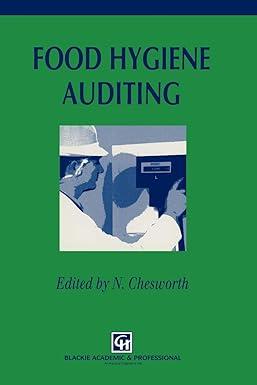Could I please get some help on question 2 only, question 1 is here https://www.chegg.com/homework-help/questions-and-answers/consider-market-good-perfect-competition-demand-function-given-non-linear-function-q-d-3-e-q102620758?trackid=f667ae6bb727&strackid=4dfec39a22e2

Consider a market for a good under perfect competition. The demand function is given by the non-linear function QD3eP3cxp(P1), where e is the Ealer constant and P is the price. The supply function is given by the non-lincar function QS2eP12exp(P1). We are interested in the market's equilibrium priee, P, and the equilihrium quantity, Q. We thus set up the following system of two non-linear oquations in two unknownw: where P and Q are the unknowns. 1. Answor the following questions: (a) (3 point.s) How many molutions does the system have?' You do not nexd to calculate the solution(s), but. please explatin your answer. Hint: Thy to aketch the qquations in a two dimenxional coondinate sysklem. (b) (1 point) Verify that (P,Q)(1,2) in onc molution. 2. Asstume now that. that. the gowornment. introducas a small per-unit. tax , that is paid by the producers. Thut, is, while the demend function does not duange, the new supply function bexomes Qs2eP+1. Thus, for given , the new system becomes where P+and Q+are the unktuwns and >0 is an exogonous variable Asstme that >0 is 'small.' Uha first-order approximation to linearise the system and find the twew molution in the tuighborhood of (P,Q)(1,Q(1)). That is, (a) (1 point) Write oquations (I) and (II) as a function, Q(P), with P being the argumetit. (b) (4 points) Approximate both functions around the point (P,Q)(1,Q(1)) by using the first-order approximation method from the locture. (c) (4 points) Use the linese functions you derived in part (b) to set up a system of t.wo linear cxtuations in two tmknowns. Solve this system to obtain an approximate solution, say (P^,Q). This solution will depend on . (d) (4 points) Let (P^,Q^) bo the exact solution to the system given that >0. Do we over or under cstimate the government.'s tax revenwe?2 2 Wint: A grophical answer (or explanation) is fine. TTo find Los derivative of err1 (where P is the argunsent), it is uscful ho shesterve that ejr1=ejter1; also, er1 is nothing else thin a given real number (i.t.-, a constiabl). So, the conastant rulte applies. 2In other words, is Q^ larger or samalker than the ayproximahad Q ? Consider a market for a good under perfect competition. The demand function is given by the non-linear function QD3eP3cxp(P1), where e is the Ealer constant and P is the price. The supply function is given by the non-lincar function QS2eP12exp(P1). We are interested in the market's equilibrium priee, P, and the equilihrium quantity, Q. We thus set up the following system of two non-linear oquations in two unknownw: where P and Q are the unknowns. 1. Answor the following questions: (a) (3 point.s) How many molutions does the system have?' You do not nexd to calculate the solution(s), but. please explatin your answer. Hint: Thy to aketch the qquations in a two dimenxional coondinate sysklem. (b) (1 point) Verify that (P,Q)(1,2) in onc molution. 2. Asstume now that. that. the gowornment. introducas a small per-unit. tax , that is paid by the producers. Thut, is, while the demend function does not duange, the new supply function bexomes Qs2eP+1. Thus, for given , the new system becomes where P+and Q+are the unktuwns and >0 is an exogonous variable Asstme that >0 is 'small.' Uha first-order approximation to linearise the system and find the twew molution in the tuighborhood of (P,Q)(1,Q(1)). That is, (a) (1 point) Write oquations (I) and (II) as a function, Q(P), with P being the argumetit. (b) (4 points) Approximate both functions around the point (P,Q)(1,Q(1)) by using the first-order approximation method from the locture. (c) (4 points) Use the linese functions you derived in part (b) to set up a system of t.wo linear cxtuations in two tmknowns. Solve this system to obtain an approximate solution, say (P^,Q). This solution will depend on . (d) (4 points) Let (P^,Q^) bo the exact solution to the system given that >0. Do we over or under cstimate the government.'s tax revenwe?2 2 Wint: A grophical answer (or explanation) is fine. TTo find Los derivative of err1 (where P is the argunsent), it is uscful ho shesterve that ejr1=ejter1; also, er1 is nothing else thin a given real number (i.t.-, a constiabl). So, the conastant rulte applies. 2In other words, is Q^ larger or samalker than the ayproximahad







